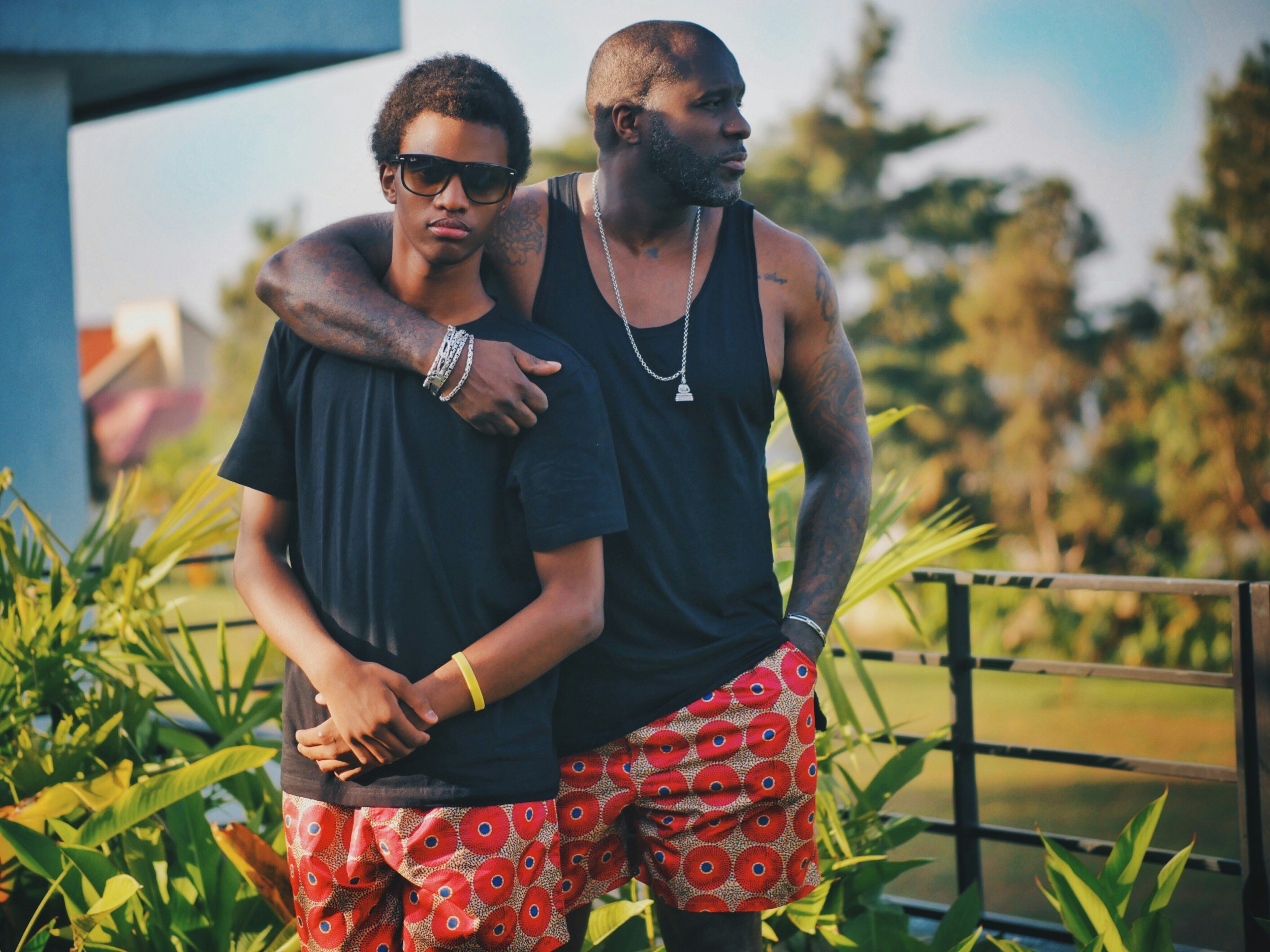Navigating Teen Relationships: Friendships
Part 2 of 4
by Lorraine Connell founder of Peers not Fears, Teen Leadership Coach
Introduction
When our kids become teenagers, their friendships change dramatically. Kids who were once close friends may drift apart, while new connections form. The onset of "mean girl" behavior can be overwhelming. As parents, we might feel like we’re completely off base when we try to share our observations about their friendships, especially when we end up comforting them after a friend betrays their trust. It’s a challenging time for them and for parents.
The Problem with Teen Relationships with Friends
Teen friendships are in constant flux, leading to confusion, hurt feelings, and often, significant stress. As they navigate social hierarchies and deal with peer pressure, teens may find themselves entangled in toxic friendships or power imbalances. The "mean girl" phenomenon and other similar dynamics can make it even more challenging. For parents, understanding and supporting our teens through these changes can be difficult.
How My Resources Can Help
Listening and Being Curious
My best advice is to be a listener and show curiosity about what’s happening in their social lives. One activity I find particularly helpful is creating personal webs with the teens in my program. Every time we do this, teens often come back and say, “Wow, I had no idea I had such a [positive/negative] relationship with this person. When I did my web, it was so clear to me.”
Personal Web Activity
Teens generally know who is good for them and who is toxic, but it’s hard to admit mistakes in relationships at this age. Seeing these dynamics laid out on paper can be eye-opening. It’s either a reality check or a confirmation of how lucky they are.
The activity involves creating a web that links everyone in their lives. I encourage teens to take a day or two to complete this, as they may not remember everyone at once. As they go through their daily routine, they recall people on the periphery of their lives. Once the web is complete, we evaluate each relationship for positive or negative qualities. I ask teens to pick two different colors to represent positive and negative qualities. For example, let’s use red and green. We assess each relationship based on several qualities:
Power (for example):
Red for relationships where there’s a power imbalance (either they have power over someone or someone has power over them).
Green for equal power dynamics.
The resource suggests other qualities to evaluate in the activity, but this is a great starting point for your teen to see what types of relationships they have.
I also encourage you, as a parent, to create your web and share your findings with your teen. This can open the door to meaningful conversations about relationships.
Key Strategies for Building Healthy Friendships
Be a Listener: Often, teens need someone to listen to them without judgment. Being that person can help them feel supported.
Show Curiosity: Ask open-ended questions about their friendships and social interactions. This shows that you care and are interested in their world.
Use Tools Like the Personal Web Activity: This helps teens visually see their relationships and understand which ones are positive and which ones might be harmful.
By being a listener, showing curiosity, and using tools like the personal web activity, we can help our teens navigate their friendships more effectively. This approach not only helps them identify positive and toxic relationships but also fosters open communication between you and your teen.
example of my personal web
This blogpost was originally posted here!
Learn more about and how to work with Lorraine Connell here!
Please note that the blogpost above does not represent the thoughts or opinions of Fresh Start Registry and solely represents the original author’s perspective.





